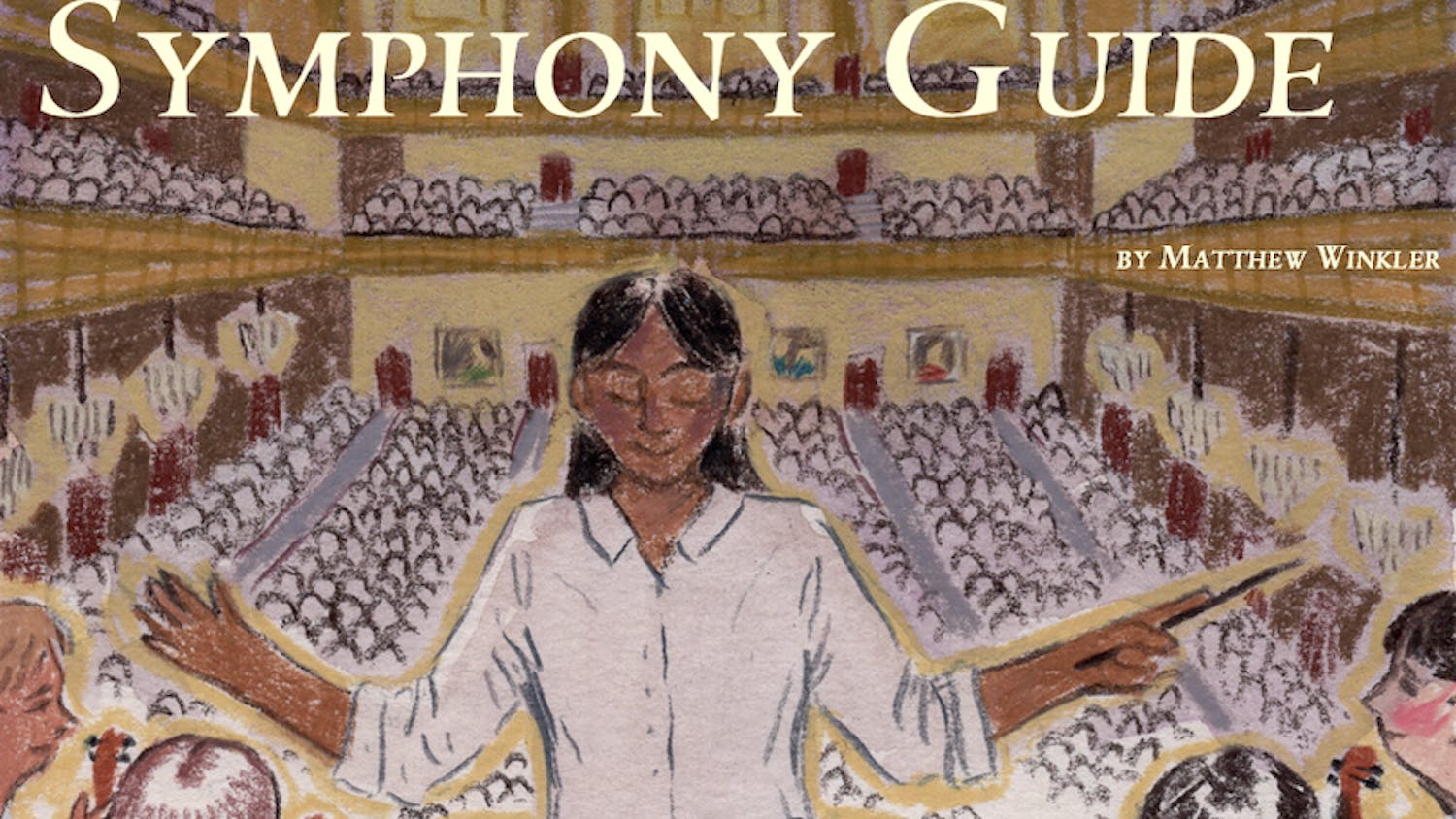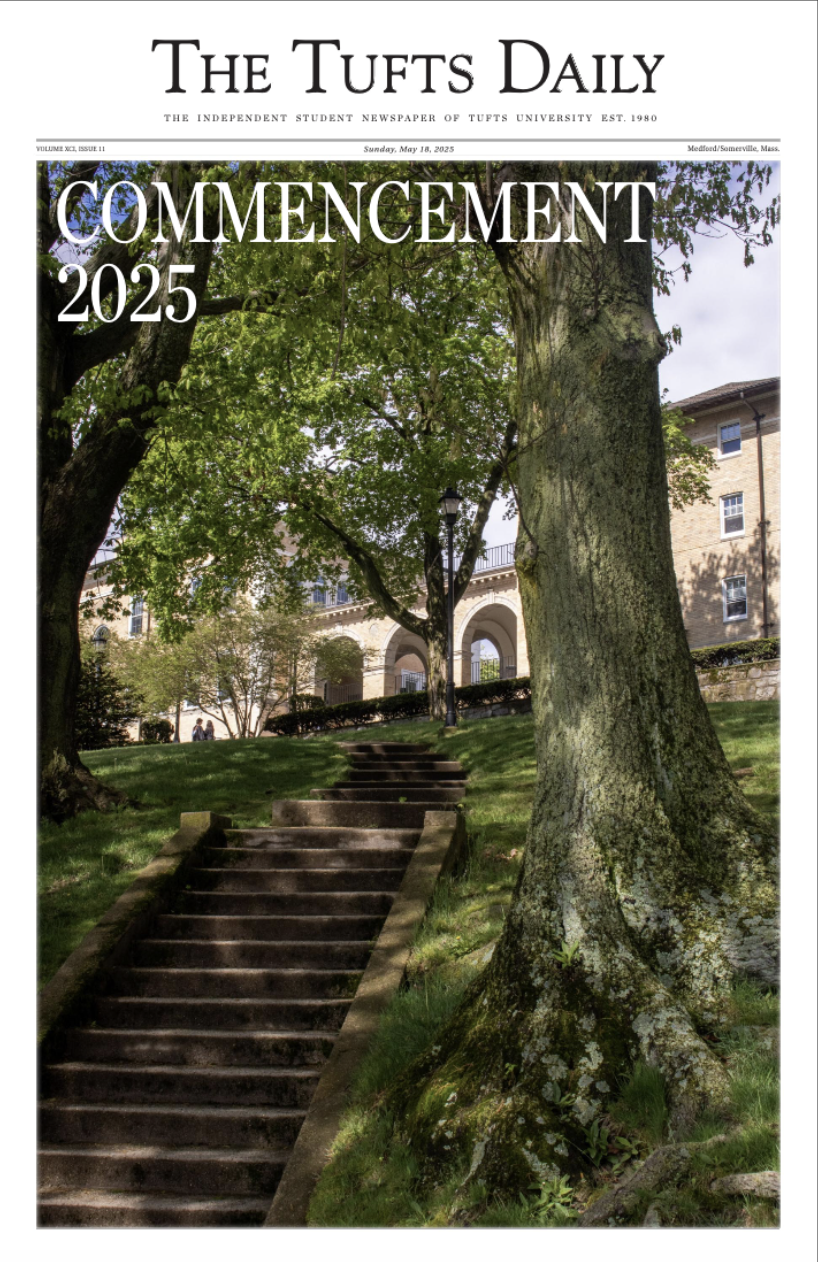Contrary to popular belief, card games are not just for grandmothers and summer campers. Some college students have taken a liking to the intellectual, strategy-filled world of competitive card games.
Senior Henry Wong is ranked as one of the top 20 junior bridge players in the country. He hopes that although video games have cut into the time once spent playing cards, at least some students all over the country will continue to enter skill-demanding Bridge tournaments.
Wong and sophomore Andrew Rivnak are representing Tufts in the 2002 Junior Collegiate Bridge Team Championship today. They are accompanied by teammates Chris Storm, a Dartmouth senior, and Marc Glickman, a Yale freshman. Storm and Glickman are both among the top 20 junior bridge players in the country.
To participate in the international tournament, sanctioned by the American Contract Bridge League (ACBL) and organized by online bridge clubs OKBridge and Fifth Chair, the members of each team must be under the age of 25, and at least two students on each team must be from the same school. Since Rivnak and Wong are both Tufts students, their teammates represent Tufts in competitions.
The team rarely practices because its members attend different colleges and because they say they have "no time."
"I'm doing a senior honors thesis and a major research project and I just cannot fit practice time into my schedule," said Wong, who is also busy completing a triple major in Quantitative Economics, Mathematics, and Psychology.
"To be really good, you need more than practice," Wong said. "You need to be skilled in mathematics and have some understanding of psychology."
Tournament Bridge is also called "duplicate" bridge because of the way that it is played. Both teams are comprised of four players. Two games of Bridge are played in each match, with two pairs from each team playing against two members of the opposite team. Wong and Rivnak usually face one pair from the opposing team together, with Glickman and Storm facing the other pair. The cards are passed between the two pairs that are on opposite teams, and so if one hand is particularly bad, both teams will have to play it.
"It is actually a challenge of which pair does better with the same cards," Wong explains.
This Friday, at 11 a.m., the Tufts team will compete against a team from Tbilisi State University of the Republic of Georgia in the final round of the tournament. Rivnak says that he plans to play on the computer in his room, whereas Wong may go to Eaton, because the connection in the computer lab is better than that in University dorms.
The prize for winning will most likely be the distinction of winning and a higher ranking of the individual players on the winning team, as ACBL awards masterpoints (ranking/rating points) for this event.
This particular online tournament has been held for four years, but it is the first time that Tufts has been represented in the tournament. After competing in the qualifying round, in which ten teams competed and each played 30 hands, the top four teams, including Tufts, made it to the direct elimination semi-final round.
Wong recounts that with four hands to go in the semi-finals, Rivnak "...went for a huge minus score, and though I tried to recover I lost more points. We were down by 25 points, but luckily our teammates won and we won the round by three points."
Wong sees the tournament as a way for Tufts to be recognized in a unique manner.
"We know we're representing Tufts in a worldwide competition, so we will certainly try our best," Wong said. "If Tufts can be represented by a bridge tournament, then that's something new, different, and fun."
After graduating, Wong will attend a one-year graduate school program for Statistics at Harvard University. He hopes to continue to play bridge, and says that he might even go professional.
"I may also continue to compete until I win a national championship," Wong said.
Rivnak admires his teammate's persistence with the game.
"I take my hat off to Henry, he is really dedicated," Rivnak said. "He has bidding [a difficult part of the game] down to a science, whereas I'm not nearly as experienced, and yet he puts time into coaching me."
Rivnak learned to play bridge from his parents and has played it with his family for ten years. Wong learned to play in high school and did not play the game competitively until college. Wong said that adults are hoping to engage young people in the game.
Greenspan is vice-president of the Eastern Massachusetts Bridge Association, which overseas ACBL-sanctioned bridge in Eastern Massachusetts and who once taught bridge as an Ex-College class at Tufts. He plans to engage young people in the game by offering lessons and starting up clubs in various area schools.
Wong and Rivnak would both like to see more young people playing bridge, but as Rivnak explains, "it's a lost art." According to Wong, card games were a source of popular family entertainment until video games came along.
"Now, people don't know what they're missing," he said.





